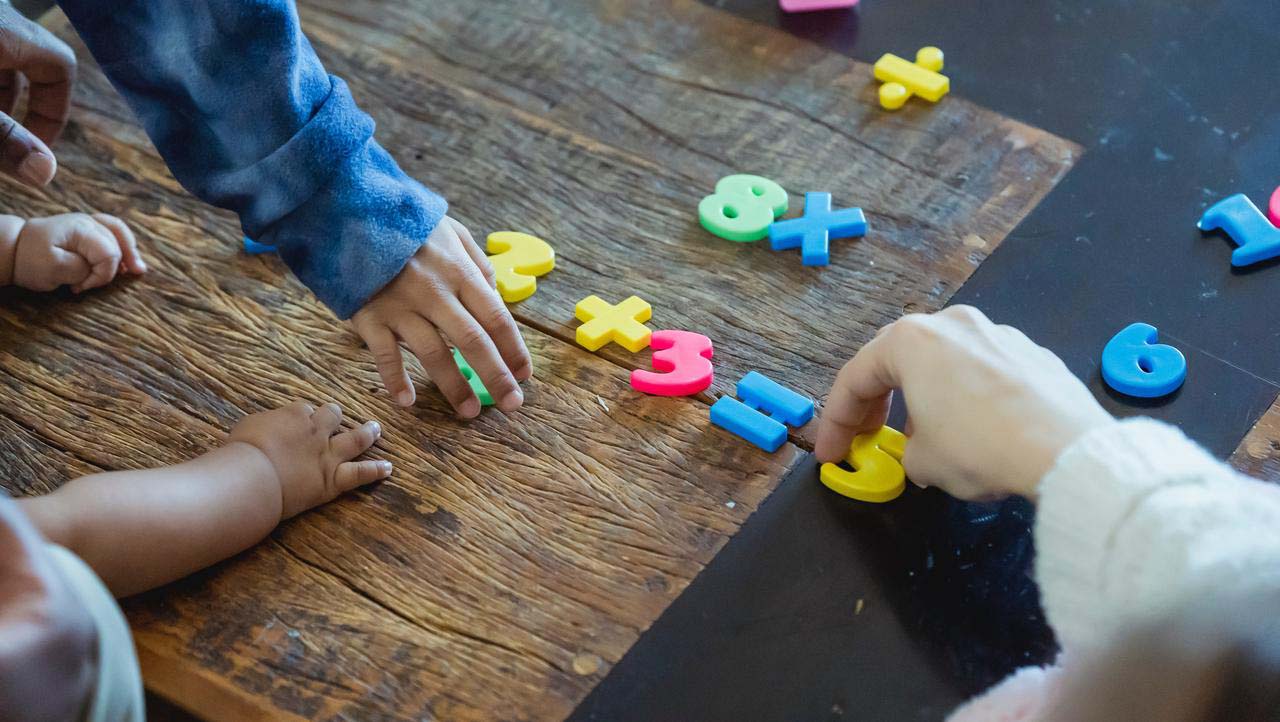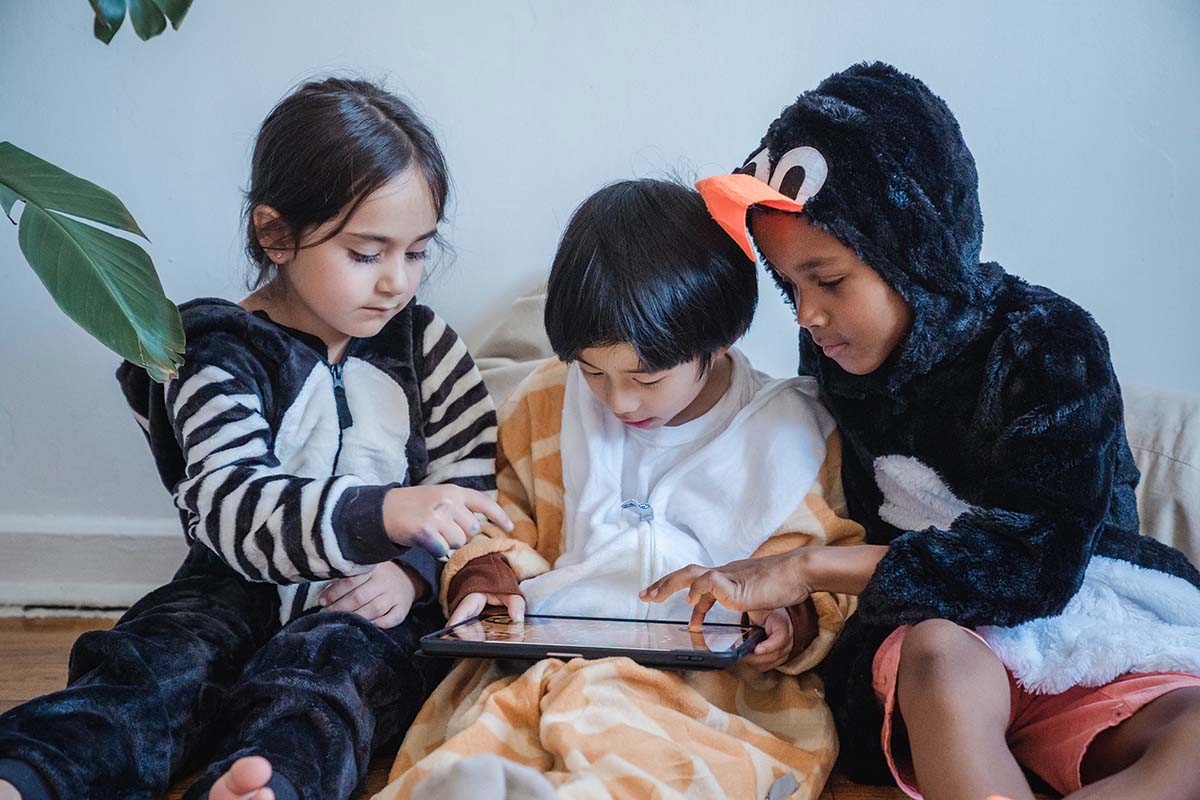
Math can be challenging. Whether you have a child that struggles with math or one who loves math and is ready for a challenge, or maybe you even have both… We have the perfect solution to simplify and challenge your learners. It’s as simple as playing a game! Math games for kids have the ability to change the attitudes of those who dread math hour while encouraging eager learners to stretch their capabilities. Spark Math by Spark Education has chosen 7 of our favorite math games that will get your children excited about learning, and improve their math skills.
A History of Math Games for Kids
Using games to learn math dates back at least 4000 years. Math puzzles and math-based riddles were unearthed in Egypt dating around 1850 BCE with varying degrees of difficulty. The earliest known math board game was found in Ethiopia around 1000 BCE. Though these are the earliest archeological evidence of math games, historians believe that they date back much further. So why should children today have to learn any differently?
Benefits of Learning Through Play
Child development experts, psychologists ,and scholars agree (which they rarely do) that we learn best through play. “Games help us develop non-cognitive skills such as patience and discipline, which one should acquire as a child but often do not, and correlate with success better than IQ scores do.” Research shows that if children are deprived of play, their long-term capabilities related to problem solving, social skills and academics, especially math and sciences could be lessened. This makes games not only a way to make learning fun but is really crucial to their learning journey. This is why Spark Math uses math games as the foundation of our curriculum and we encourage implementing other math games at home to inspire a greater understanding of math.
Game On

Game 1: Number Scramble
Number Scramble is one of the easiest math games to scale to different ages and abilities. You can find a few of our versions here to print, but it’s just as easy to fill a notebook page with scattered numbers, you don’t need to include all subsequent numbers (ie you don’t need 35, 36, 37…you can have 35, 39, 42). The object is to hand over the page to your child and have them circle the numbers in order as quickly as they can or cross off the numbers and write them in order at the bottom of the page. This is one of our favorite busy bag math games for public downtime for restaurants or commutes. All you need is a pencil and paper.
Game 2: Domino Addition
Domino addition is an easy introduction for early elementary children with simple math. It is also good preparation for being able to play dominoes as they get older. Dominoes are both highly visual and tactile. This allows engagement in multiple areas of learning simultaneously. You can use our provided sheets for this or have your child create their own on a blank sheet of paper. Starting with addition, have your child add the two sides of the domino and write the numbers to create the equation below. When they’ve mastered addition, turn the problems into subtraction. For added problem solving and cognitive learning, flip the dominoes around and ask them to rework the problem again. Is it the same or is it different?
Game 3: Mental Math Games
Mental math describes doing calculations entirely within the mind with no pen or paper. It’s a big topic with big implications, but creating mental math games can make it more fun and approachable. Mental math allows you to find math problems in your surroundings, a game of perception for both the caregivers and the kids! Engage in your child’s interest when you’re out and about, notice what has caught their attention and ask questions.
“Gosh, we’ve gotten stuck at every light. How many traffic lights are between our house and XYZ?”
“If we’re at every light for 45 seconds, how much time does that add to our trip?”
Mental math is a great time to play with estimations for time, money & distance as well. Creating an understanding of time and time management is crucial to a child’s success in life and in math. Building that into your mental math games encourages healthy time management practices.
Game 4: Math Bingo
Bingo is another great math game that’s easy to scale for all ages. You can find our provided pages and create your own. Starting with standard bingo for preschool through kindergarten, for basic number and letter recognition. For older grades, switch up the squares to reflect simple addition or subtraction problems. Just like in standard BINGO you still call out “B 15” but the square might have 3+12 in place of the number 15. When this has been mastered, move to multiplication problems.

Game 5: Math Match-Up
Math match-up is one of the first math activities introduced to children in school. This makes math visual by matching numbers to objects with the same number. This too, scales to matching math problems as our practice sheet shows. A column on the right has one group of math problems (whatever your child is doing in school, addition, multiplication, division or, fractions) and a column on the left has another group of math problems. Each problem would have a matched solution with a problem on the opposite side to be matched with. As your child desires a greater challenge, mix the types of math problems so that a division solution may match with a subtraction problem.
Game 6: Multiply as Fast as You Can
Multiply as fast as you can, or worksheet races have long been utilized in classrooms as a multiplication memorization tool. Fill a page with various multiplication problems using different multipliers and have your child race to see how long it takes to finish. Instead of using basic multiplication problems like 3×7 use larger numbers 152×12, etc to really challenge their math awareness and not memorization. Have your child race against themselves. One larger problem a day and keep a tally over the span of a week to see how their time improves. This gets them excited about the challenge without burning them out.
Game 7: Number Patterns
Number patterns aren’t just an early part of math learning, but are essential to helping children learn how to make predictions and visualize relationships between numbers and abstract concepts. Number patterns are used from preschool through algebra and trigonometry. Practicing number pattern games at home will help build this skill. For preschoolers this number pattern game can be physically built out with objects around the home, play doh is a great tool that allows for easy building and movement of number problems to create math games and make them tactile. For older students, write numbers or problems on a page in a sequence, either leaving out a problem in the middle or asking them to find what comes next.
Math games are a great way to engage and inspire your children to find a love for math. Showing children the numbers and patterns in the world helps ground math. At Spark Math, we make math games into a vehicle for impactful math learning
Spark Math by Spark Education uses live teachers and gamified learning to help make math more engaging and fun for all students. Sign up for a FREE trial class today!




